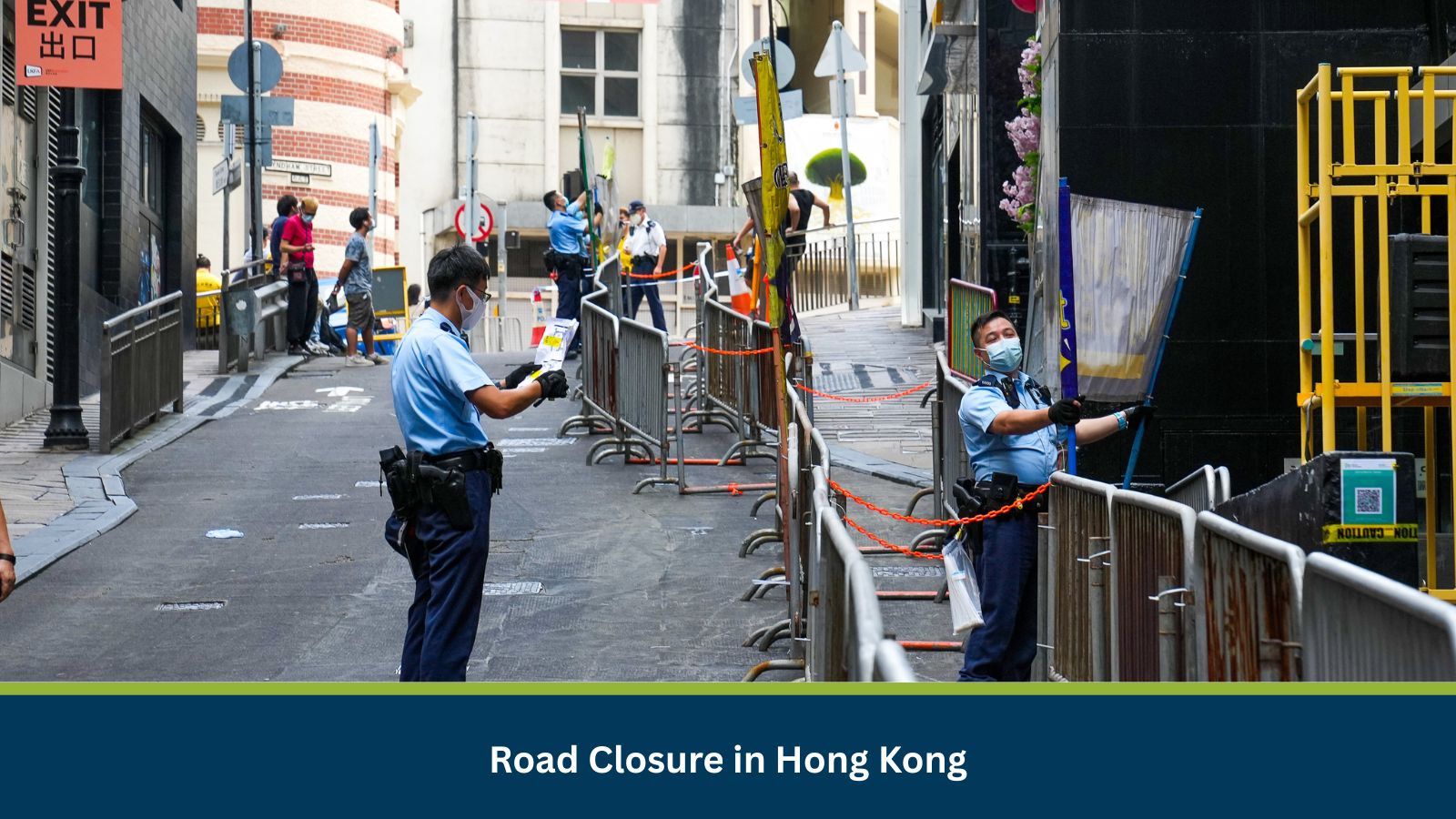This risk assessment evaluates the road closure announced by the Hong Kong Transport Department, effective from July 22 onwards. It provides insights for businesses to manage urban mobility, logistics, and operational continuity amidst the planned disruption.
What is Risk Analysis in the Context of Travel Risks?
Travel risk assessments evaluate how planned events like road closures, maintenance, or infrastructure projects impact urban mobility, business operations, and supply chains. They provide timely intelligence that helps organizations prepare for disruptions, mitigate logistical risks, and ensure efficient movement of people and goods.
Executive Summary
- Date of Incident: 22 July 2025
- Location: Fanling, Ma Tak Rd, Wo Tai St, Ma Sik Rd, Hong Kong
- Risk Category: Travel Risks
- Severity Score: 2/5
- Confidence Level: 90%
The Hong Kong Transport Department has announced a road closure effective from Tuesday, July 22, onwards. Based on historical analysis of similar official announcements in Hong Kong, these events are typically well-managed and pre-planned. The closure is likely for maintenance, public events, or infrastructure projects, with an anticipated duration of 3-7 days, possibly extending for more complex works. The primary impact is expected to be localized traffic congestion and rerouting. The overall severity is assessed as moderate-low due to its planned nature and the city’s robust traffic management capabilities.
Known Hotspots and Sensitive Areas
Major commercial hubs, tourist areas, and public transport interchanges are particularly sensitive to road closures due to high pedestrian and vehicular traffic. These include areas around Mong Kok, Tsim Sha Tsui (e.g., along Nathan Road, Salisbury Road), Central, and Causeway Bay. Government complexes and major public venues also fall under this category.
Impact on Transportation and Services
- Road Access: While specific roads for the current announcement are not detailed, historical precedents indicate closures commonly affect major arteries and commercial districts. Examples include sections of Nathan Road, Argyle Street, or potentially parts of the Cross-Harbour Tunnel approaches.
- Public Transport: Significant disruption to public and private transport is highly probable. Bus routes will be diverted, leading to longer journey times and potential delays. Trams (if in affected areas) may be suspended or rerouted. Taxi and private car access will be restricted, forcing drivers to take alternative routes which will experience increased congestion. The MTR may see increased passenger volume at stations serving affected areas.
- Utility Services: Planned road closures for events or general traffic management are highly unlikely to cause utility damage. If the closure is related to specific infrastructure works, utility relocation or minor disruptions may be part of the planned construction process.
- Business Operations: Businesses dependent on specific routes for logistics, customer access, or employee commutes may experience disruptions, leading to delays, increased operational costs, and potential loss of direct sales in affected areas.
Recommended Actions
- Immediately disseminate official road closure notices to all employees and implement flexible working arrangements, including remote work options or staggered shifts.
- Establish immediate communication with logistics partners, suppliers, and clients to develop alternative delivery and collection routes.
- Prepare and disseminate clear, concise external communications informing customers and stakeholders about potential service delays.
- Activate and review relevant sections of the company’s Business Continuity Plan (BCP) or Incident Response Plan specific to transport disruptions.
Emergency Contacts
- Police: 999
- Fire Department: 999
- Ambulance: 999
- National Emergency: 999
- Official Government Websites:
- Hong Kong Transport Department: +852 2804 2600
- GovHK (General Hong Kong Government Portal): 1823
- Hong Kong Police Force: +852 2860 2000
Final Thoughts
The baseline scenario for this road closure anticipates a well-managed event with predictable traffic delays and minimal disruption to business operations. However, a moderate escalation could involve an extension of the closure or a wider affected area, leading to prolonged congestion and increased operational costs. In a severe escalation, the closure could trigger cascading disruptions due to unforeseen infrastructure damage or an unrelated external event, potentially leading to major supply chain failures and widespread operational paralysis. Businesses should proactively communicate with employees and partners, and leverage flexible work arrangements to mitigate potential impacts.
Stay ahead of operational risks with real-time alerts, scenario modeling, and expert advisories.
MitKat helps organisations navigate uncertain times by providing comprehensive insights about the evolving risk landscape. We offer various services including Risk consulting and Security Design, Protective Services, and cyber security services which ensure organisations become Risk Intelligent. Our AI-powered operational risk monitoring tool, datasurfr combined with expert insight enables companies to stay abreast of evolving operational risks and emerging developments.






